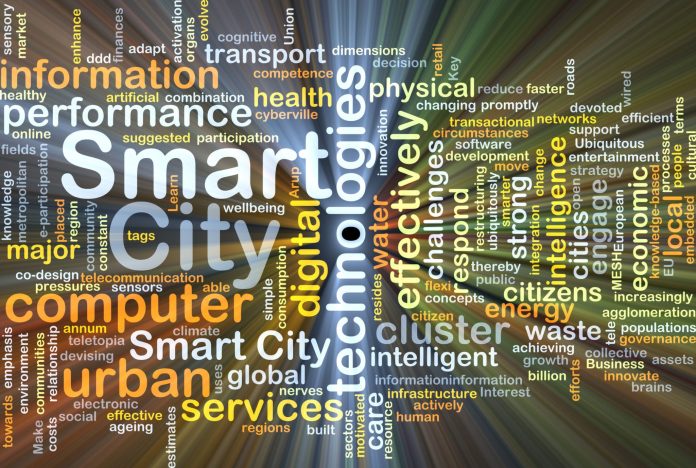Network infrastructure vendor Ericsson has focused on what the company calls the Networked Society, where connectivity and technologies such as big data, cloud computing, smart grids, and the internet of things can enable the sustainable cities of the future.
The vendor’s smart city offering includes several layers including consulting, implementation, integration, connectivity management and managed services.
Ericsson’s portfolio also includes solutions for different areas such as utilities, public safety, road infrastructure and mobile financial services, among others.
In the utilities space, the vendor offers grid asset management, which allows utilities to monitor, manage and protect critical assets.
Ericsson also offers end-to-end solutions for managing smart meter deployments. The vendor’s solutions for smart metering include advanced metering infrastructure strategic planning, smart metering systems integration and smart metering as a service. This latter offering is an end-to-end smart metering solution operated by Ericsson.
In 2012, Elektrilevi, the major Estonian electricity distribution network operator, signed a contract with Ericsson for the supply, deployment, systems integration and running of a smart-metering network.
As part of the deal, Ericsson is providing a turn-key solution to replace all Elektrilevi electricity meters with more than 625,000 remotely readable smart meters. The agreement also includes the implementation of a central automatic meter reading system (AMR) for data gathering and integration to Elektrilevi systems, as well as AMR managed services during the rollout period.
The vendor also offers a portfolio of public safety solutions including mission critical communications, disaster and emergency management and border and area security.
One example of Ericsson’s safe city solutions can be seen in Brazil, where the city of São José dos Campos selected an emergency response system developed by Ericsson.
In addition to the emergency response system, the partnership between Ericsson and the municipality of São José dos Campos also includes a managed services agreement to locally support and manage the platform at the integrated operations center, a connected video solution, 100 miles of fiber optic cable, and systems integration of software.
São José dos Campos is the first city in Brazil to have its traffic and municipal guard communications systems connected through Ericsson’s emergency response system – a solution that integrates telephone, radio, data, video and image communications systems wherever constant access and availability are essential, allowing users to control and communicate urgent information quickly and efficiently.
In addition, homicide rates are down in the city since the integrated operations center’s creation. Official data from the Secretary of State for Public Security notes that after the municipality’s investment in ICT equipment for safety and security, the homicide rate went down from 10.21 to 8.29 homicides per 100,000 inhabitants.

